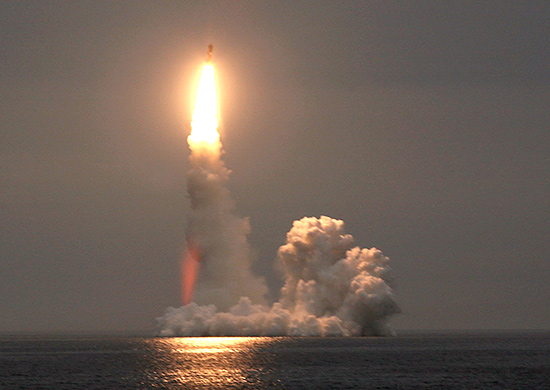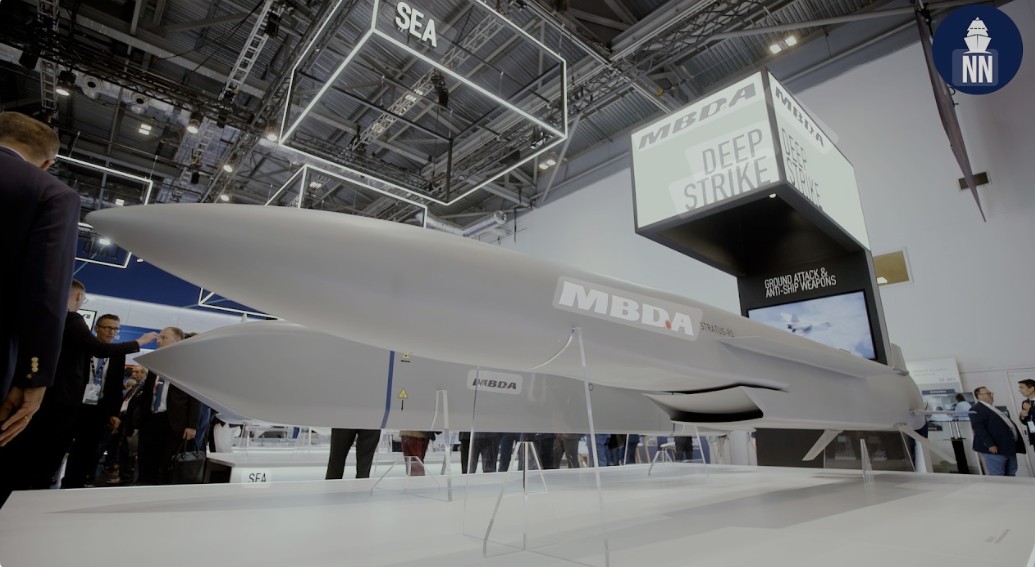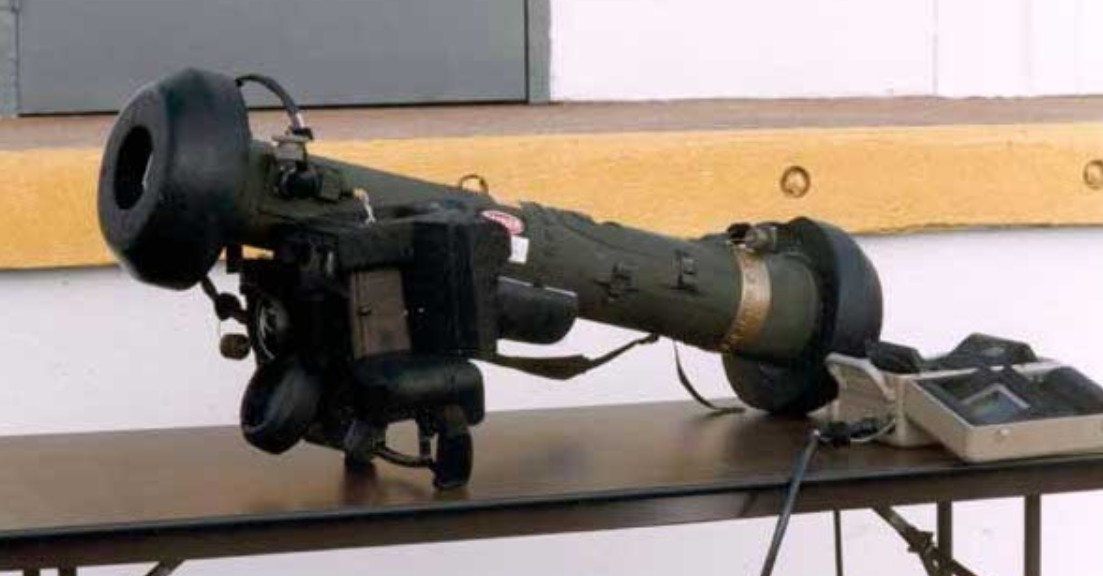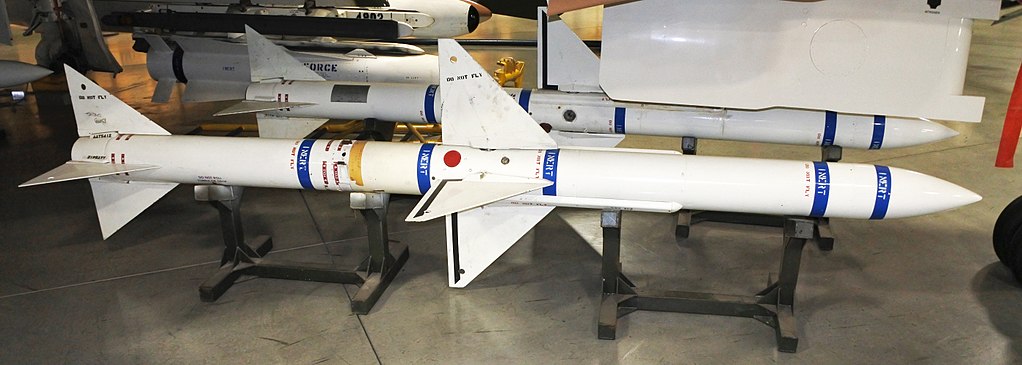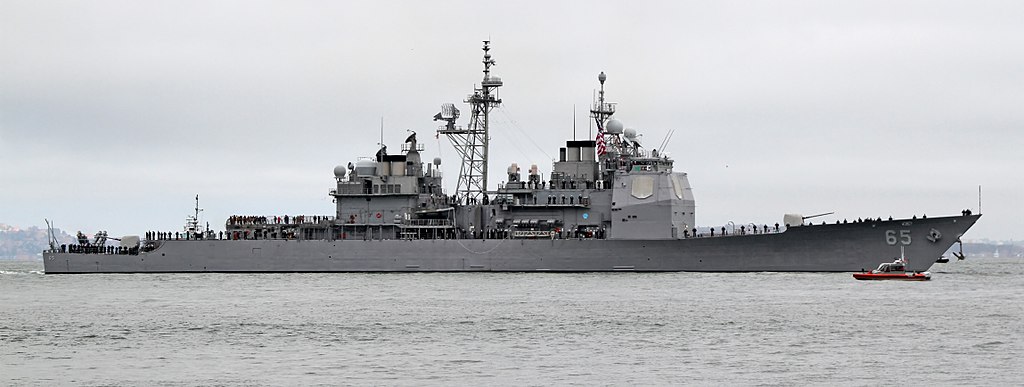Introduction
The Bulava is a submarine-launched ballistic missile (SLBM) developed by Russia to be deployed on their nuclear-powered submarines. It is considered one of the most advanced intercontinental ballistic missiles (ICBMs) in the world, designed to be an integral part of Russia’s nuclear deterrence strategy.
Development
The development of the Bulava missile began in the 1990s as a replacement for the aging R-39 Rif SLBM. It underwent significant delays and faced technical challenges, experiencing a series of failed test launches in the early stages.
However, the Russian Federation was determined to develop a reliable and effective SLBM, and extensive efforts were made to overcome the initial setbacks. It underwent several modifications and enhancements before finally achieving a successful test launch in 2004. Since then, it has undergone further improvements and has been in active service since 2013.
Technical Specifications
| Parameter | Specification |
|---|---|
| Length | 13.5 meters |
| Diameter | 2 meters |
| Weight | 36,800 kilograms |
| Range | 8,000 kilometers |
| Warhead | Multiple independently targetable reentry vehicles (MIRVs) |
Performance
The Bulava missile has demonstrated exceptional performance capabilities. Its range allows it to reach targets in the continental United States and other distant locations. It can carry multiple independently targetable reentry vehicles (MIRVs), which enhances its effectiveness and increases the difficulty for missile defense systems to intercept it.
Additionally, the Bulava has a high degree of accuracy, with improved guidance systems that enable precise targeting. This ensures that it can deliver its payload with precision, enhancing its deterrence capabilities.
Deployment
The Bulava missile is deployed on Russia’s Borei-class nuclear-powered submarines. These submarines are capable of carrying up to 16 Bulava missiles, which significantly increases the country’s strategic nuclear capabilities.
The Borei-class submarines are stealthy and highly maneuverable, enabling them to effectively evade enemy detection and tracking. This, combined with the advanced capabilities of the Bulava missile, makes them a formidable component of Russia’s nuclear triad.
Conclusion
The Bulava submarine-launched ballistic missile represents a significant advancement in Russia’s nuclear deterrence capabilities. Its technical specifications, impressive range, and MIRV payload make it a formidable threat to potential adversaries. With its successful deployment on Russia’s Borei-class submarines, the Bulava further enhances the country’s strategic nuclear capabilities, ensuring its position as a major global military power.
